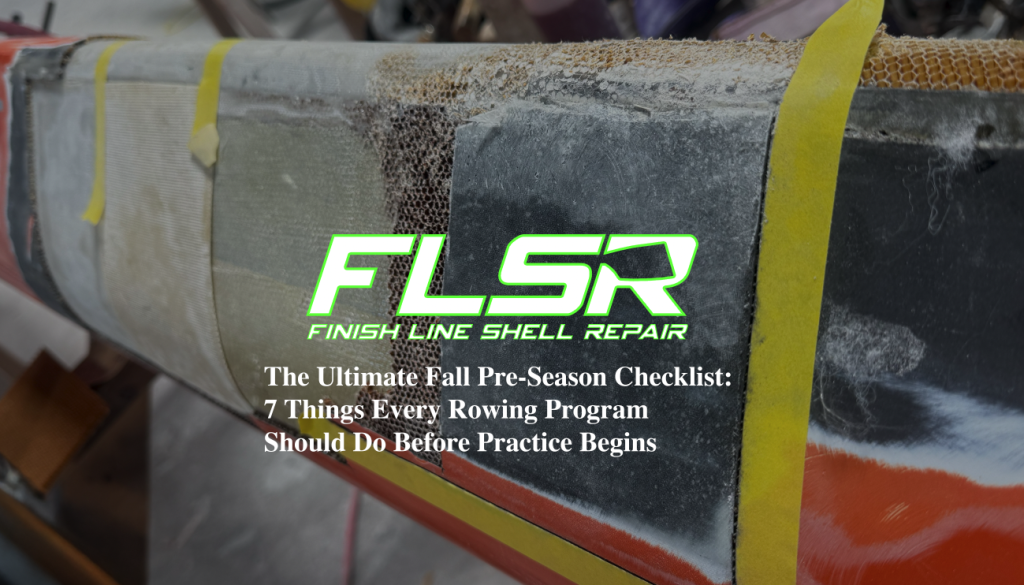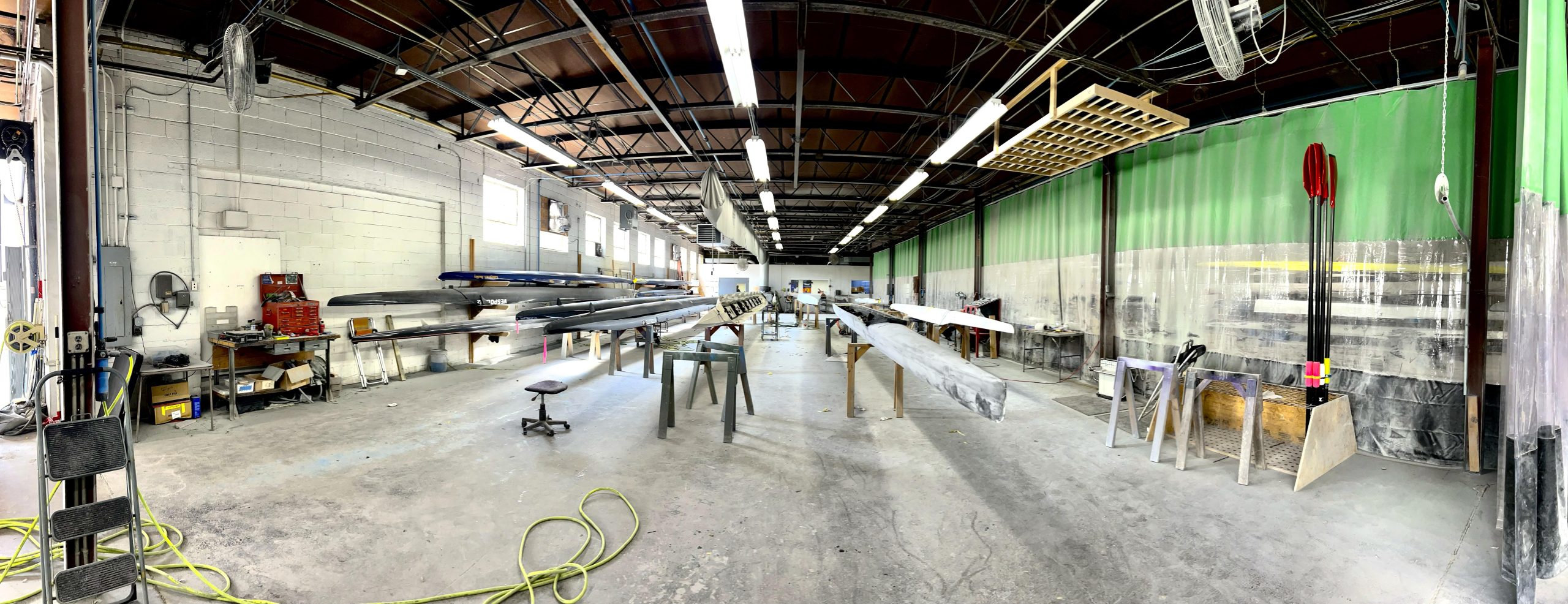
7 Things Every Rowing Program Should Do Before Practice Begins
Small issues in September turn into big problems by November.
Here are 7 must-do checks to keep your athletes — and your fleet — ready for fall.
Why Pre-Season Matters
The fall isn’t just another season — it’s the foundation. How you prepare in September sets the tone for everything that happens through winter training and spring racing. Programs that start organized get more out of their athletes, their equipment, and their budgets. Those that don’t? They spend half the year fixing problems that could have been prevented in the first week.
Here’s the ultimate pre-season checklist to make sure your program is ready.
1. Re-Rig and Re-Measure
Boats that sat all summer shift. Rigging angles, pitch, and spreads drift over time. Tuning them before your first full-water practice ensures athletes feel connected from stroke one — instead of fighting mismatched setups.
2. Check Wheels, Tracks, and Seats
Seat wheels wear down faster than most coaches realize. Flat spots, cracks, or sticking destroy rhythm. Dirty or bent tracks add drag every stroke. Replace worn parts now; $50 in maintenance today prevents $500 in headaches tomorrow.
3. Inspect Shoes and Foot Stretchers
Loose plates, cracked shoes, or frayed straps aren’t just uncomfortable — they’re unsafe. Secure, functional stretchers give athletes confidence and keep crews in sync. Tighten, replace, or adjust before your first 2k test.
4. Look for Hairline Cracks in Hulls
Don’t just glance. Run your hand along the gunwales, bow, stern, and especially around rigger attachment points and the finbox. Small fractures expand quickly once boats hit the water. Catch them now, and you save yourself major repairs — and lost water time — later.
5. Get Oars in Order
Loose collars, chipped blades, or waterlogged handles creep up on every program. Tighten collars, sand/tape blades, and re-grip handles before athletes log meters. Balanced oars equal balanced boats.
6. Test Riggers and Oarlocks
This one’s simple: every bolt snug, every pin tight. Nothing derails a session faster than an oarlock slipping mid-piece. A five-minute wrench check can save an entire practice.
7. Establish a Maintenance Rotation
Don’t wait until “something feels wrong.” Assign athletes to rotating weekly checks — hulls, riggers, oars. Ownership builds pride, and problems get caught early before they derail a lineup.
Set the Tone for the Season
Starting the season with a fleet that’s clean, sharp, and functional sends a message: we’re serious, we’re prepared, and every crew matters. Athletes row taller when boats feel ready. Parents and boards notice when equipment looks sharp. And smart programs know: maintenance today prevents big-ticket emergencies tomorrow.
Book Winter Refurbishment Now
Here’s the truth: every program discovers boats that are more than “a little tired.” Scratched hulls, fading paint, decades-old hardware. Instead of crossing fingers until spring, plan now. Booking refurbishment early means your fleet comes out of winter looking (and rowing) like new — with zero disruption to the racing season.
At Finish Line Shell Repair, we specialize in making “old but reliable” boats look and row like new. Don’t wait until panic season.
Reserve your winter slot today.






